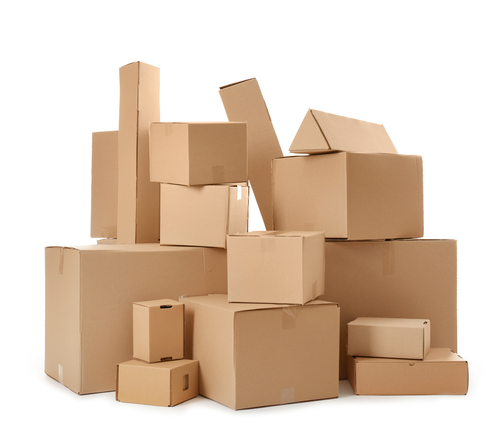
Shipping is essential to any business, yet it can be one of the most complicated aspects of day-to-day operations. There isn’t a “one size fits all” plan for establishing the best shipping solution for your business. Whether you ship a few items or hundreds a month, following a few simple tips can help your business’s shipping efforts become more efficient.
Create a Solid Shipping Plan
Shipping costs can easily affect a company’s bottom line. Building a cohesive shipping plan can help save time and money, and improve customer satisfaction. There are multiple factors involved, and the most effective plan will depend on your industry, type of items you’re selling, where you’re located, and where the majority of your customers are based. Analyze the number of shipments your company currently sends or is estimated to send daily, weekly, and monthly, then dive into the specifics.
Carrier Choice and Shipping Cost
Once you’ve identified the details about the items you’re shipping it’s time to do your research. Choosing the right carrier can save you lots of money down the line and can help maximize your shipping efficiency.
Most companies like UPS, FedEx, DHL, and the U.S. Postal Service will have their rates online, though it is worthwhile to give their small business department a call. Determine how much it would be for ground shipping, 2-day air, and next-day air rates. Rates shouldn’t be the only item discussed. Research the logistics of the service they offer.
What time can they schedule a pick-up? Do they offer package tracking? What type of paperwork is involved? There are numerous factors that need to be taken into consideration in order to pick a carrier that will best serve your business.

Once you know how much your shipping charges will be, determine a plan for how your company wishes to handle the expense. For example, if your customer selects ground shipping, is this a cost your company is okay to absorb? Free shipping can go a long way to improving customer satisfaction. Many businesses will offer free shipping if customers spend over a certain amount.
Determine what works best for your business and create a cohesive and clear shipping policy. Don’t forget to include packaging, packing materials, and labor in your shipping estimate.
Standardize Packaging Materials
One great way to maximize shipping efficiency is to standardize your packaging materials. Take a look at your best-selling items and create a solution for how that item will be shipped. Is it a fragile item that requires a corrugated box and lots of packaging material? Or is it an item that can be shipped in a soft pouch?
Another thing to consider is if you wish to use eco-friendly packaging. Packaging can account for a lot of waste, but, with eco-friendly options, you can choose eco-friendly materials such as recyclable air pillows and biodegradable packaging peanuts.
If the standard size boxes are either too big or too small, consider investing in a custom box design that can fit your item perfectly. Custom boxes can be especially useful if you are shipping an item that requires Hazmat packaging.
For items that require dangerous goods or Hazmat packaging, choosing the right packing materials is paramount. There are numerous requirements for shipping dangerous goods, and it is important that you ship your item with approved packaging material. Depending on the item, you’ll want a U.N. certified 4GV/UN box that meets IATA requirements.
Remember, shipping costs are based on size and weight of the package. Having standardized packaging can help save time and money and can greatly help you build your overall brand.

Maximize Efficiency
Once you’ve built your plan, selected your carrier, and standardized your packing, look for ways in the logistics cycle to maximize efficiency. For example, identify your busy season and build a plan to ensure you are prepped and ready. Build the boxes and have the bubble wrap sliced into sections and the tape ready. Ensure that your warehouse team is trained and has a checklist of what needs to go into each package.
Another thing to consider is what processes can you automate. Your carrier can help advise you if there is a part of the process that can be done more automatically. For example, is there a way you can integrate your shipping and billing into the same system? Speak with your carrier and other departments in your business to see what processes you can combine and if there are more high-tech options available to help with automation.
Customer Communication
Efficient customer communication can save you lots of time and protect you from potential bad customer experiences when it comes to shipping. Be sure that you have a section on your website that clearly explains your shipping policy. Ensure that your shipping policy is clear and informative. Have an FAQ section to answer the most common questions your customers may have.








